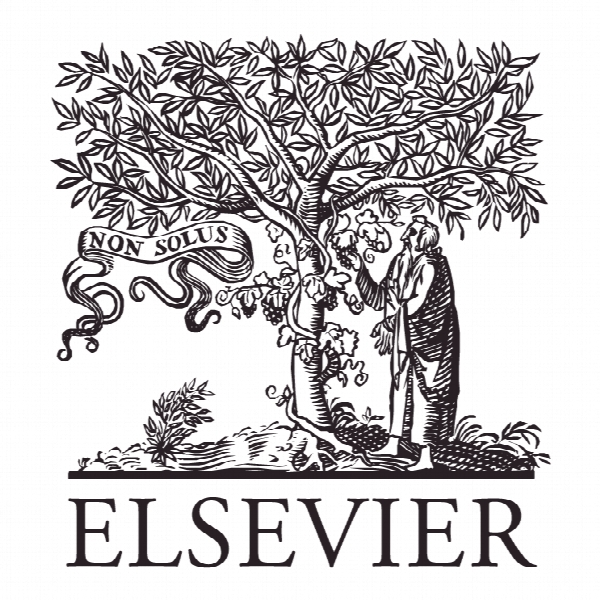استفاده از داده های ثانویه در مدیریت خرید و عرضه (P / SM) The use of secondary data in purchasing and supply management (P/SM) research
- نوع فایل : کتاب
- زبان : انگلیسی
- ناشر : Elsevier
- چاپ و سال / کشور: 2017
توضیحات
رشته های مرتبط مدیریت
گرایش های مرتبط مدیریت کسب و کار MBA
مجله مدیریت خرید و تامین – Journal of Purchasing and Supply Management
دانشگاه دانشکده مدیریت کسب و کار، میامی، امریکا
نشریه نشریه الزویر
گرایش های مرتبط مدیریت کسب و کار MBA
مجله مدیریت خرید و تامین – Journal of Purchasing and Supply Management
دانشگاه دانشکده مدیریت کسب و کار، میامی، امریکا
نشریه نشریه الزویر
Description
1. Introduction Secondary data is defined as quantitative or qualitative data that has been collected by someone other than the researcher(s) for a different purpose than its intended use in research. There are many different types of secondary data available. Some of the more commonly used are existing literature, census data, governmental information, financial data, organizational reports and records (Lind et al., 2012). This data may be free to access, available by permission of the party collecting the data, or may require payment of a fee. Researchers in P/SM often use secondary data to triangulate findings from principal data collection such as interviews, case studies, surveys and experiments (Tatsis et al., 2006; Sancha et al., 2015). One common use is as an objective source of performance outcomes associated with various P/SM practices among a research sample. Researchers have shown that the use of secondary data as the principal data source can reduce the bias that is sometimes introduced during case studies and the intrusiveness of data collection that is inherent in more experiential methods such as action research, experiments or interviews (Rabinovich and Cheon, 2011). Secondary data can also help overcome issues of survey fatigue or the use of survey companies such as QDAMiner or survey monkey that have questionable demographics and a lack of control over survey respondents (Schoenherr et al., 2015). There are some important practices for using secondary data in order to address the appropriate research questions, which are discussed in this note. With the increased awareness of data availability, calls for the use of archival and secondary data as a principal source of data in P/SM research are increasing, as there are numerous benefits to its use (Calantone and Vickery, 2009).


